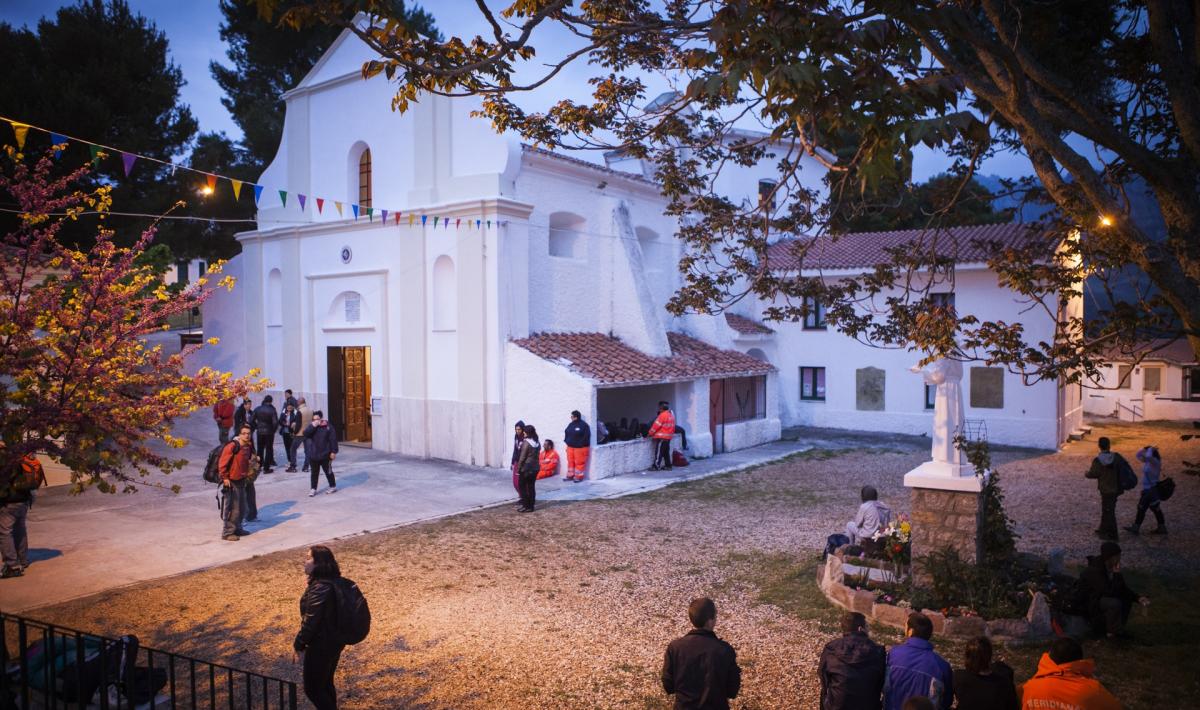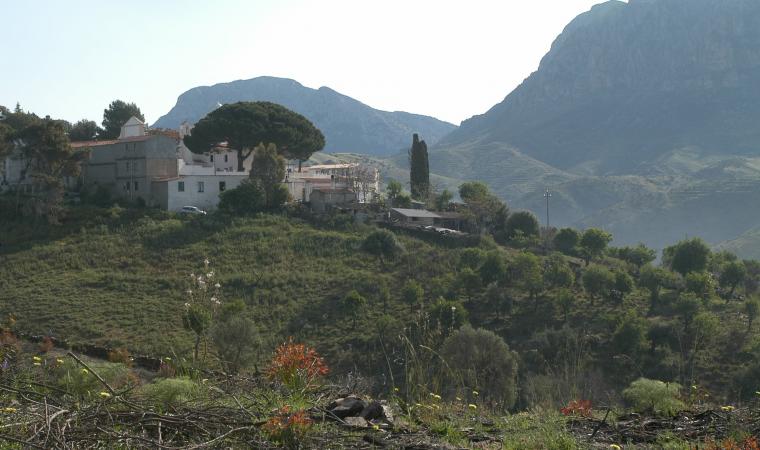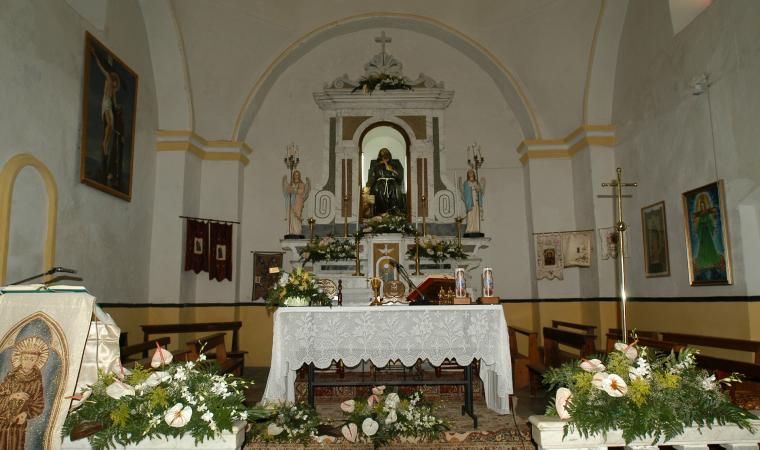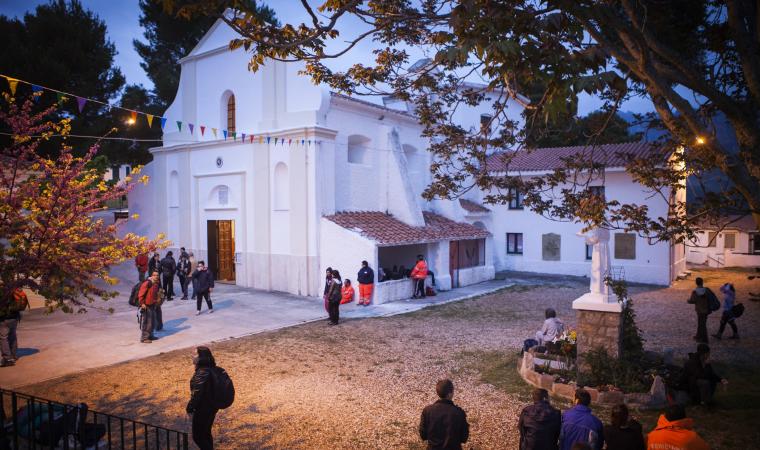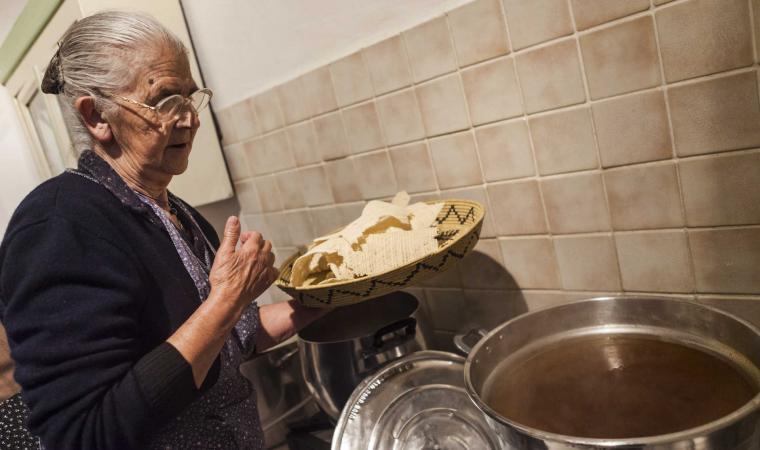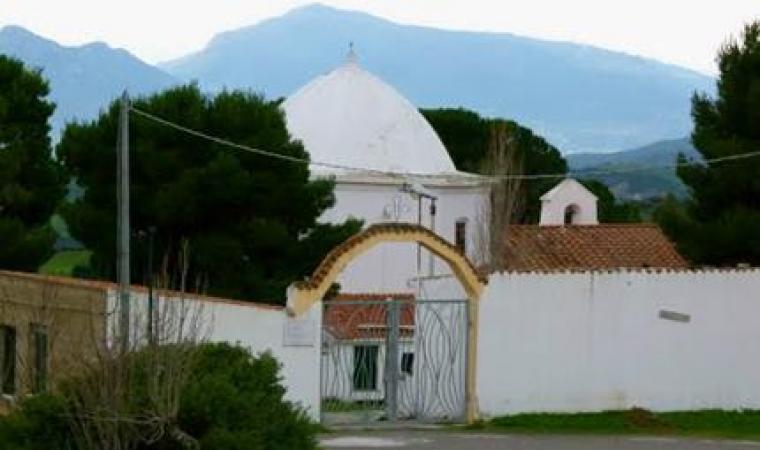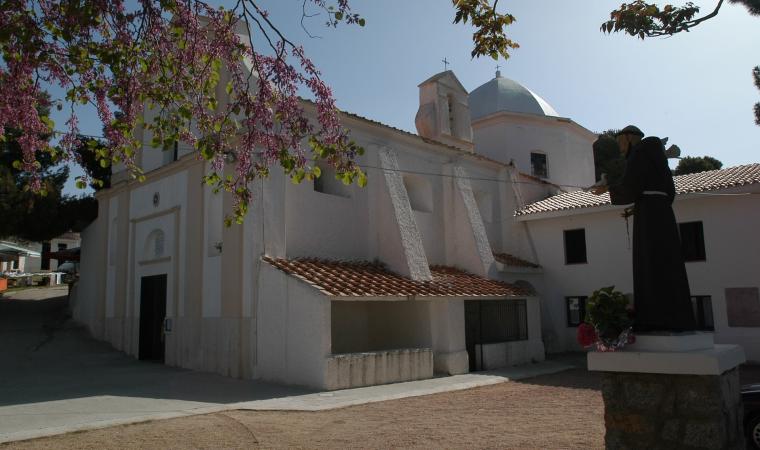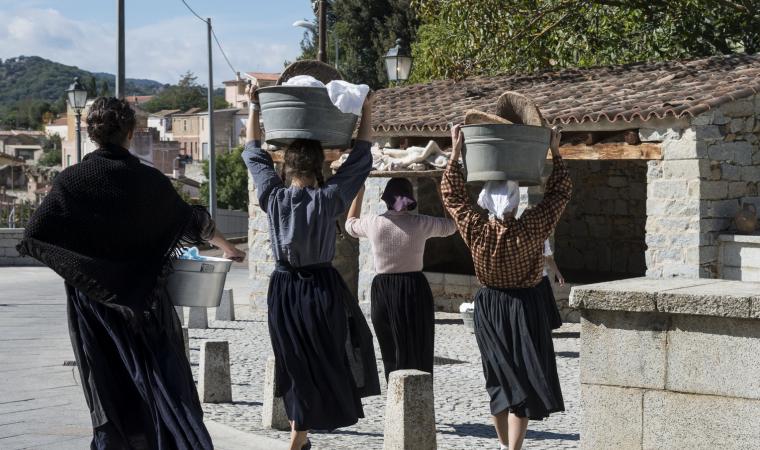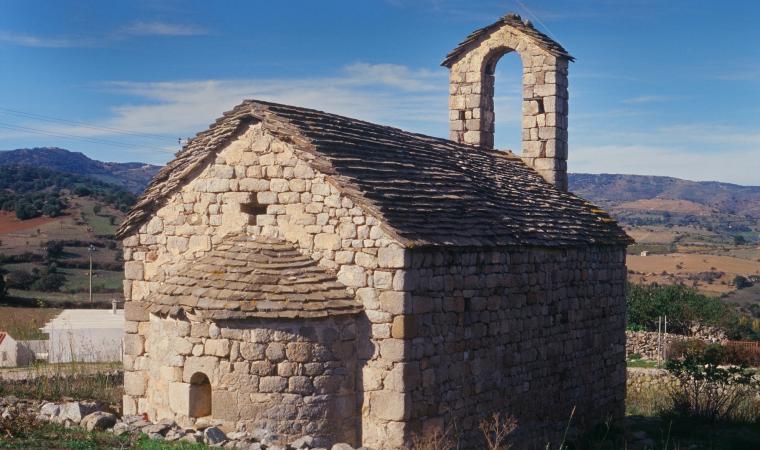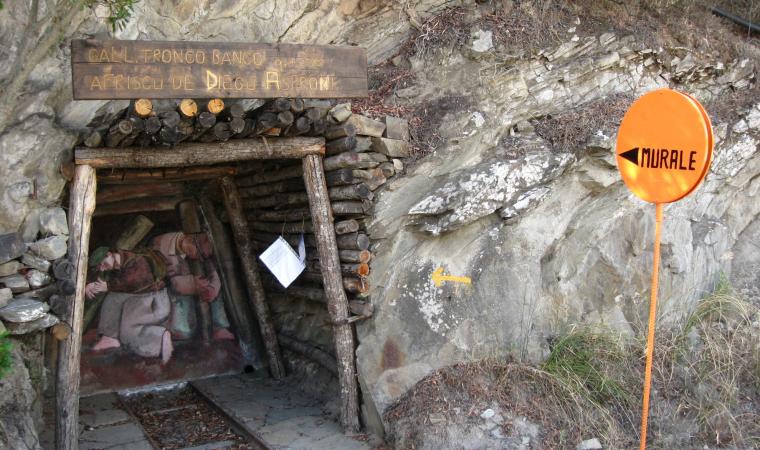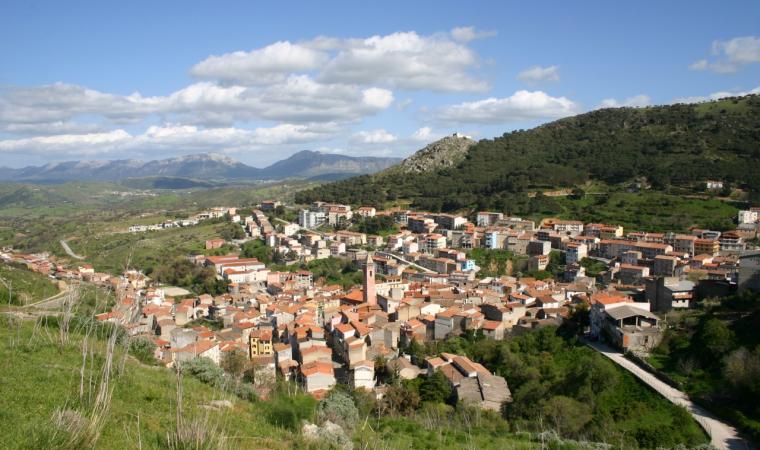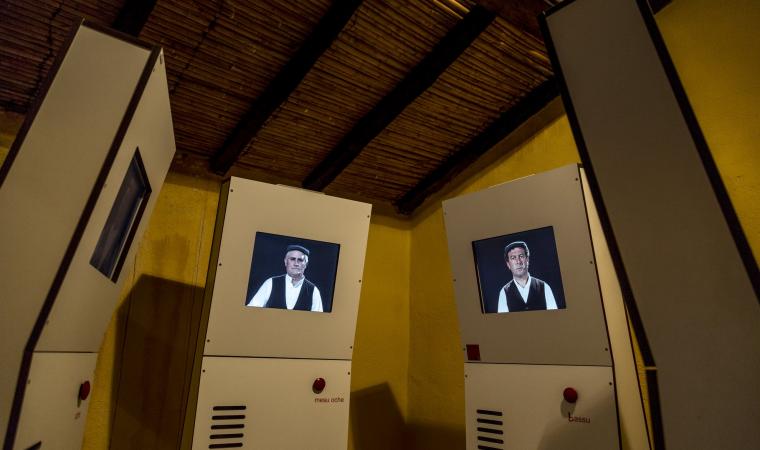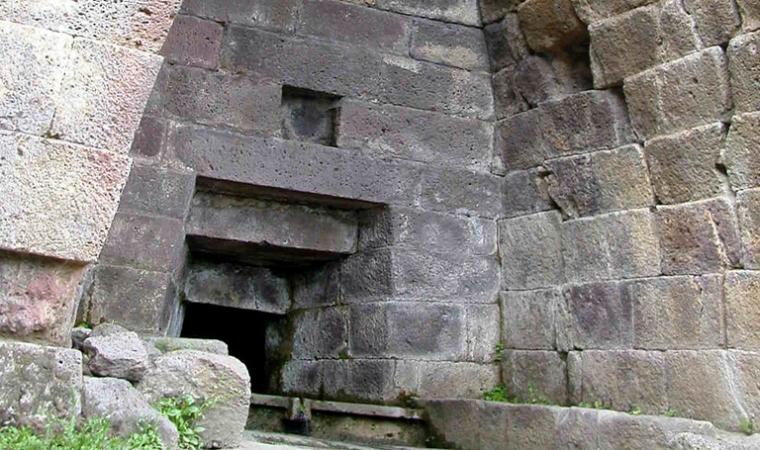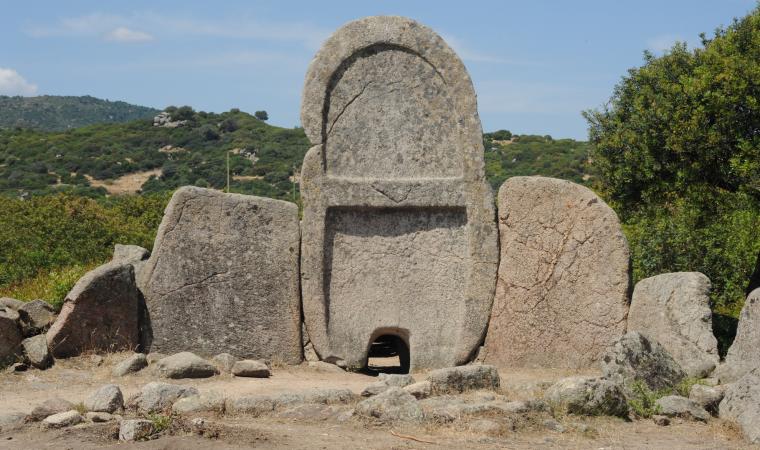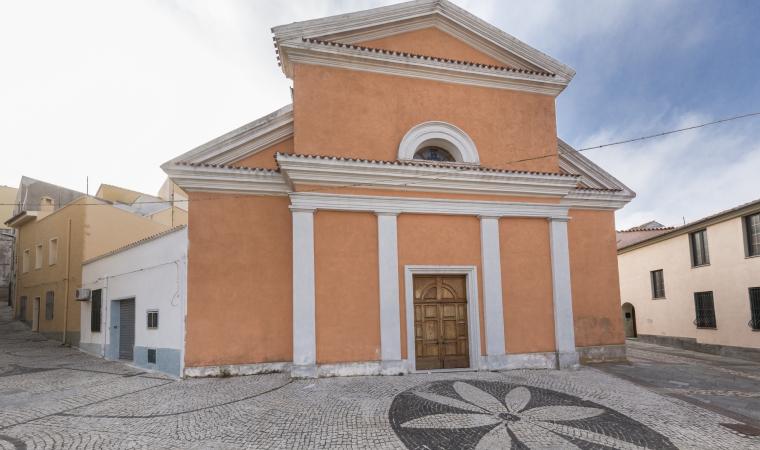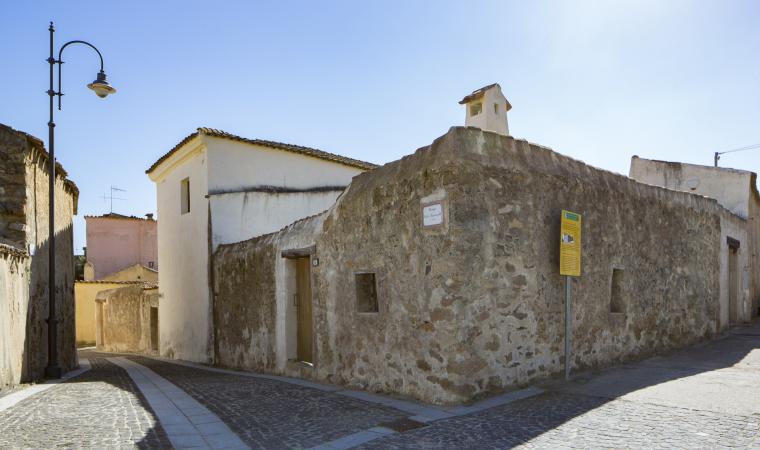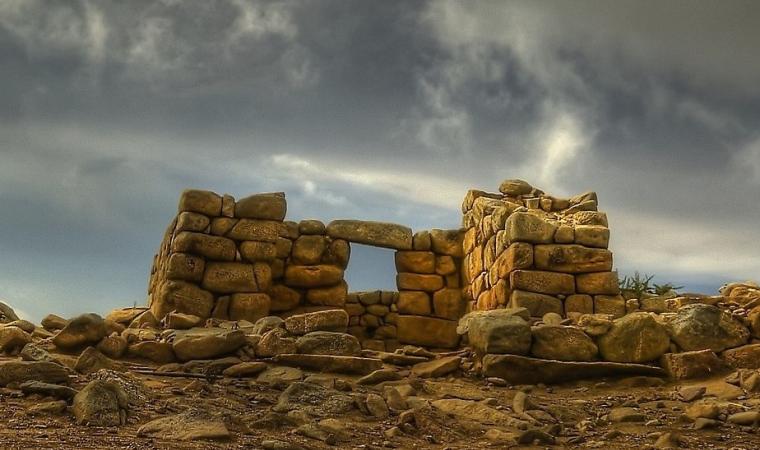In the background, stands the Montalbo massif, bare and imperious, with a rugged hill right behind it. An austere and evocative setting accommodates a symbolic place of spirituality, where worshippers from all over Sardinia go on pilgrimages on the occasion of a double festival with legendary roots. It is the sanctuary of San Francesco, just over three kilometres from Lula: twice a year, on 1 May and 4 October, an act of devotion takes place here and it is one of the most typical and heartfelt of the Island, as described by Grazia Deledda in her novel ‘Elias Portolu’.
The origin of the celebration goes back in time to a news story, namely the unjust murder charge brought against a bandit from the village of Lula, who went into hiding to escape conviction and was forced to hide in a cave in the surrounding hills. Once his innocence had finally been demonstrated, the bandit built a small church as a token of thanks. The current building, however, is the reconstruction, dated 1795, of a pre-existing building, probably dating back to the 16th century. Inside the hall, there is a seventeenth-century wooden statue of St. Francis, a work by the Neapolitan school.
From the moment of its construction, the sanctuary was a place of worship and a destination for pilgrimages, not only for the inhabitants of Lula. So, to welcome pilgrims and participants in the novenas, arriving from all over the Nuoro area and from the rest of the island, the cumbessias were built, largely in modern times, and are distinctive stone houses built around the sanctuary, used as accommodation and to provide solace for the worshippers.
The atmosphere of mystery linked to the legendary bandit, who was forced to move only in the darkness, echoes in the procession repeated twice a year. The walk starts in the deep of the night from the church of Solitudine (Solitude) in Nuoro, covering over thirty kilometres and arriving at the sanctuary the next morning. The pilgrimage on 1 May coincides with the beginning of the novena, which ends on 10 May. The protagonists of both celebrations, in May and at the beginning of October, are the culinary traditions of Lula: you will be able to enjoy the typical dishes offered to the worshippers. Starting with su filindeu, a very unusual homemade pasta cooked in mutton broth and seasoned with cheese. Then there is su zurrette, made all over Barbagia, a salted black pudding made from mutton or lamb. Of the centuries-old rituals performed for the saint, one that stands out is sa bertula (the saddlebag), a vow in which an exchange is requested: a sick child lies in one pocket of the saddlebag and offerings from a house-to-house collection are placed in the other. Then there is sa pesada: the equivalent weight of the sick child is offered on a scale - using lamb or veal meat - as a ransom.
Once the celebration is over, it is time to leave the sanctuary: the simulacrum of St. Francis goes back to Nuoro, accompanied by the worshippers on foot or on horseback. At s’Arbore, in the Marreri countryside, a meeting with the pilgrims coming from the capital takes place and is an opportunity for a reception in the open air. The handover of the simulacrum follows in the evening, for the last stretch as far as the capital, where the procession moves three times around the church of the Rosario (Rosary) and then stops at the house of the new prior, who will guard the banner until the following May.

